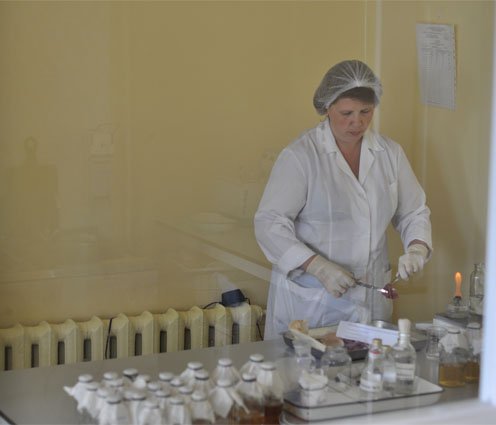Sanitary Food Microbiology

The title of the topic "Sanitary-Bacteriological Study."
1. Hello? Self-purification of open water bodies.
2. Sanitary-microbiological control of the waters of open water bodies and the quality of drinking water.
3. Sanitary-bacteriological study of water of swimming pools, wastewater.
4. Sanitary microbiological study of air. Air microflora.
5. Terms of circulating microorganisms in the air. Indicative micro-organisms of air sanitation.
6. Methods for microorganisms from air. Air study.
7. Sanitary microbiological studies of food products. Food research.
9. Sampling for product analysis. Product sampling techniques.
10. Sanitary-microbiological control of LPC. Medical and microbial control of hospitals.
Unsuccessful microflora of food products accidentally entering food products from the environment. It consists of saprophytes, pathogenic and opportunistic micro-organisms, and species causing food damage. Many food products have strong saprophytic microflora, causing a variety of biocentric relationships.
The presence of some saprophytes contributes to the development of biochemical processes, the legal length of the food product, on which its quality depends, and often the safety resulting from the antagonistic resistance to pathogenic bacteria in products. The extent to which foreign microflora is polluted depends on many factors: the proper preparation of the food itself, its transport, storage, after-treatment technology and, at all stages, compliance with the sanitary regime.
Sanitation/microbiological analysis of food quality
Two key indicators are most frequently studied: the availability, as well as the extent of microorganisms and the availability of pathogenic micro-organisms. The identification of pathogens is certainly more accurate, but also more labour-intensive, so it is used only in primary meat processing, as well as in certain milk, meat products and canned production tests. The study has three objectives.
1. Quality control of raw materials used in food production Products and assessment of sanitary conditions for their manufacture.
2. Control of food storage regimes and assessment of their transport and implementation conditions.








